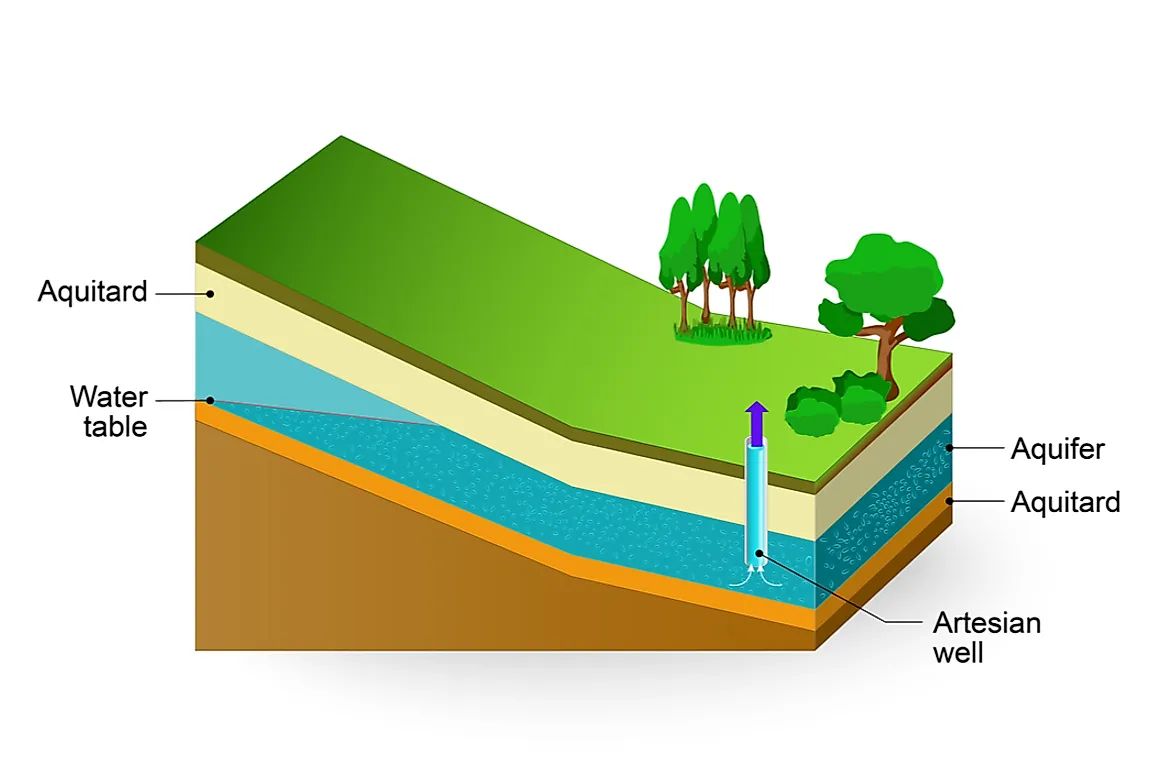In our daily work at Miti Alliance, we delved into communities facing significant challenges, with water scarcity emerging as a pressing issue due to insufficient rainfall hindering agricultural activities. Areas like Marsabit, Turukana and other dry counties we have worked in come to mind
The stark reality is that these communities grapple with dwindling water resources, evident in the escalating depth of boreholes, often reaching a staggering 300 meters. The common practice to fix this is widespread drilling but, while seemingly addressing immediate water needs, overdrilling overlooks the crucial fact that beneath lies an aquifer in need of replenishment.
While dam liners offer a solution for some, our focus is on a more holistic approach. Imagine dams without liners – counterintuitive, yet profoundly impactful. When rain blesses the land, allowing water to percolate through the earth’s crust down to the rivers below, aquifers are revitalized. This translates into rising water levels in boreholes and wells, offering a lifeline for communities dependent on these sources.

Understanding the symbiotic relationship between our actions and the well-being of neighboring communities is vital. The domino effect of water scarcity has caused many a community to crumble, emphasizing the urgent need for collective awareness and action.
REGENERATIVE AGRICULTURE’S ROLE
Here is where regenerative agriculture comes in: swales, gabions, and dams without liners, complemented by some with liners for effective water harvesting. These techniques aim not only to address water scarcity but also to foster an environment where our soil is nurtured from below, ensuring optimal conditions for crop growth.
Dam with a liner for water harvesting
The ripple effect of these regenerative practices extends beyond water conservation. As our soil becomes well-nourished and watered from beneath, our trees flourish, creating a resilient ecosystem capable of sustaining agriculture. In this interconnected community, fostering a balance between environmental health and food security becomes our shared responsibility.
In conclusion, embracing regenerative agriculture practices emerges as a beacon of hope in the face of climate change and water scarcity. By promoting sustainable water management, we cultivate not only crops but also a future where communities thrive harmoniously with nature. Together, let us sow the seeds of change, nurturing a planet that sustains us all.

